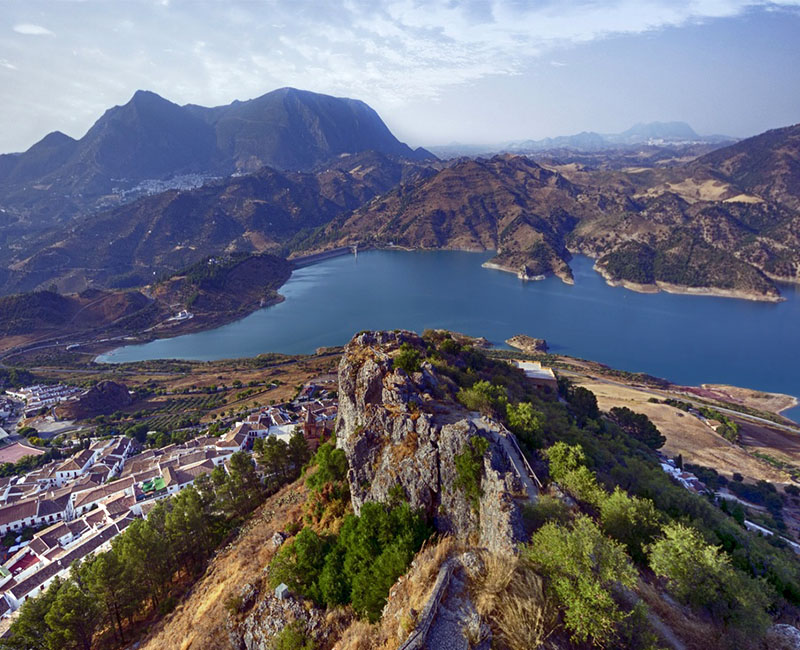
Un modo estremamente affascinante per conoscere l’Andalucia più autentica è esplorare il suo entroterra rurale seguendo l’Itinerario dei Pueblos Blancos. Il percorso tocca i più bei villaggi tipici della Spagna del sud, noti come “pueblos blancos”.
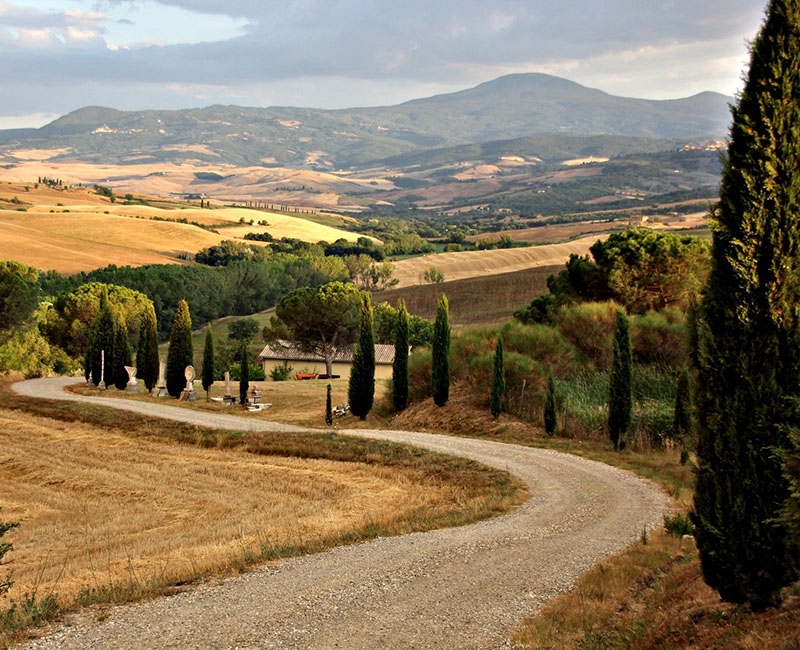
La Via Francigena è uno dei percorsi di pellegrinaggio più importanti d’Italia. Nacque nel Medioevo per collegare la Cattedrale di Canterbury, in Gran Bretagna, a Roma e ai porti della Puglia, dove i pellegrini partivano verso la Terra Santa.
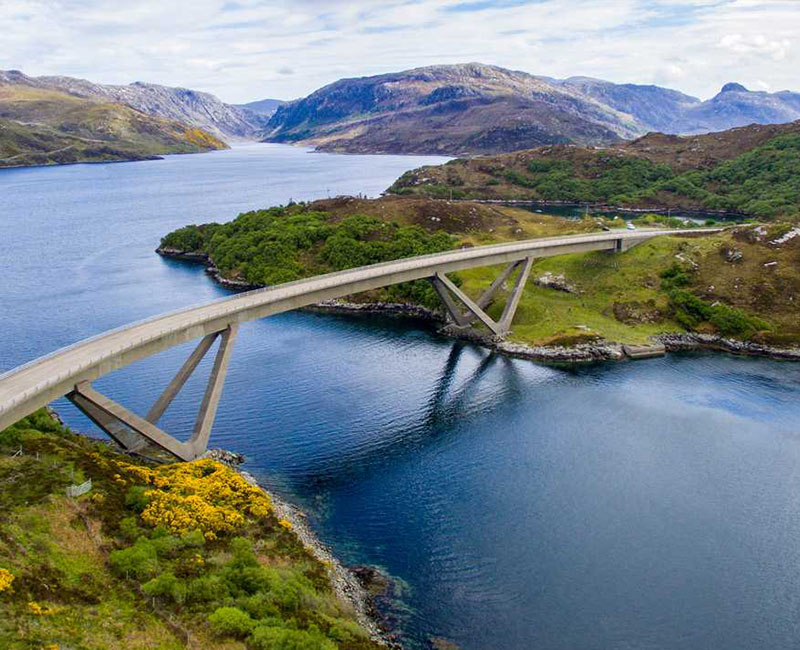
La North Coast 500 è un giro quasi completo delle Highland scozzesi che passa attraverso montagne, laghi e spiagge. Un vero e proprio percorso ad anello di oltre 800 chilometri che inizia e finisce al famoso Castello di Inverness.
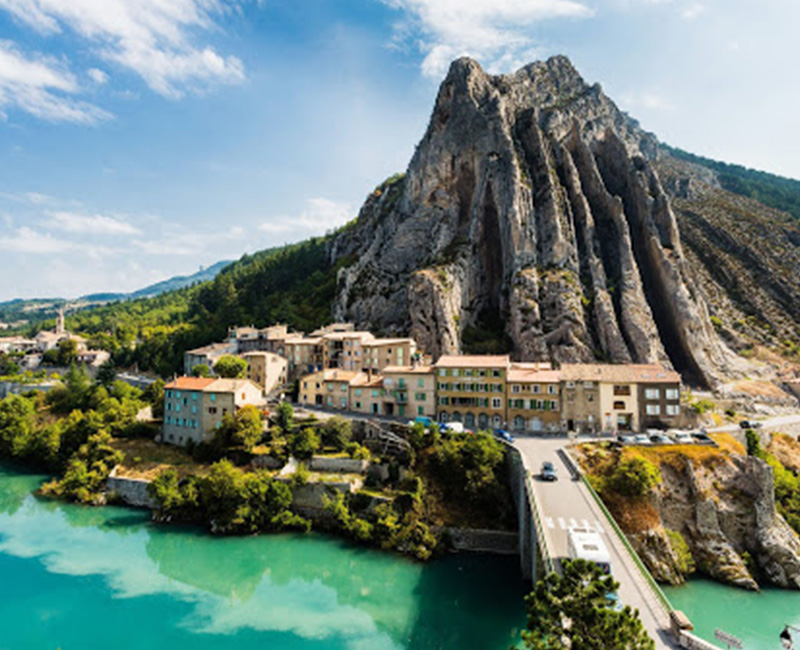
La Route Napoleon (N85) è una strada che prende il nome dal percorso intrapreso da Napoleone nel 1815 al suo ritorno dall’isola d’Elba. La strada ha una lunghezza totale di 314 chilometri ed è stata inaugurata nel 1932.
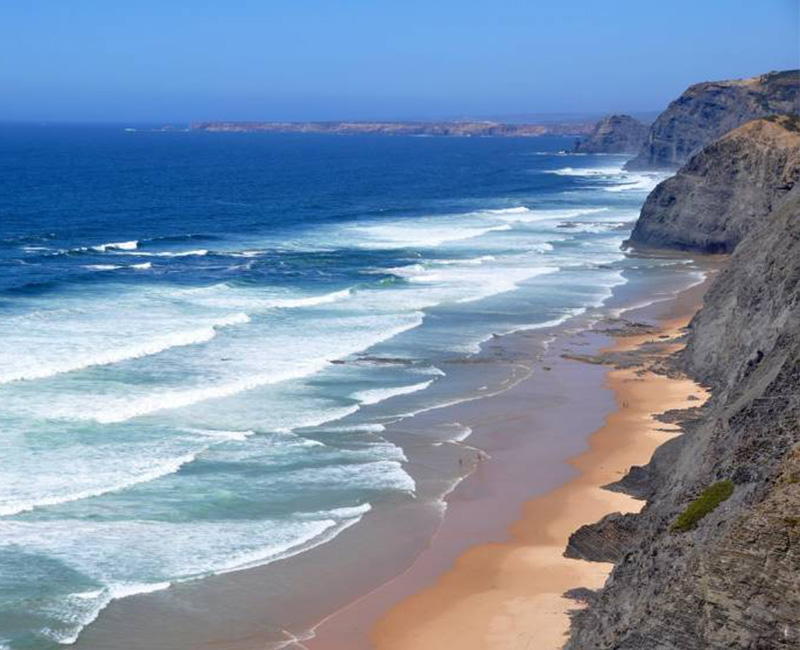
Da Chaves, nel nord vicino al confine con la Spagna, sino a Faro, in Algarve, nei pressi dell’Oceano Atlantico, la più lunga e spettacolare strada portoghese percorre all’incirca 739 chilometri e ha tante affascinanti storie da raccontare.
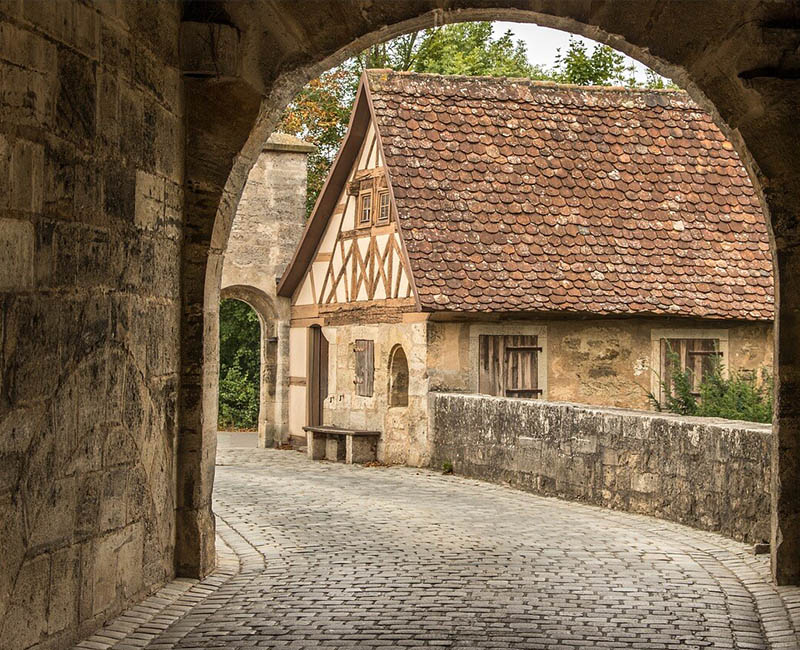
Castelli e paesini da fiaba, pendii ricoperti di verde e atmosfere tipiche del romanticismo tedesco: è la Romantische Strasse. Questa strada, che taglia la Baviera e il Baden-Württemberg, nel sud del Paese, parte da Füssen e raggiunge Würzburg.
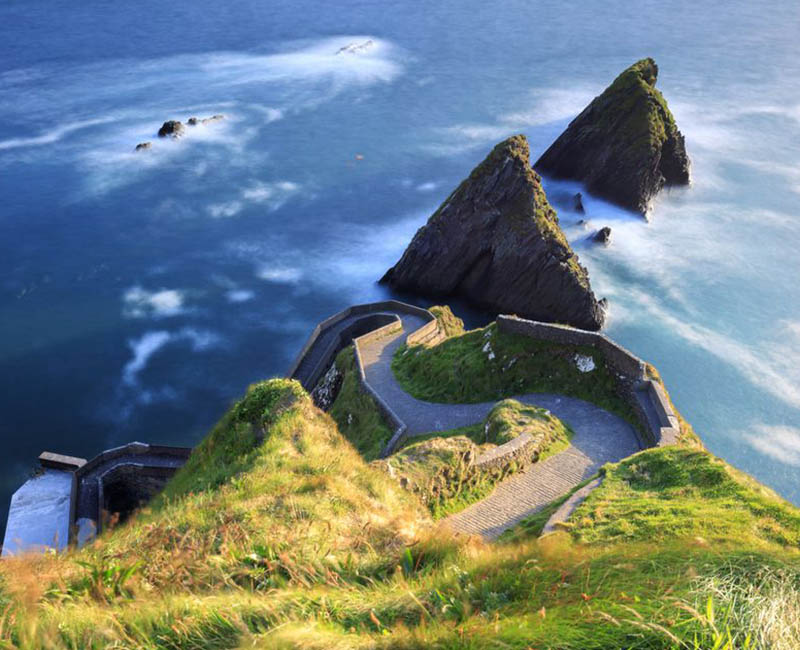
Dalla punta di Malin Head, spazzata dai venti nella contea di Donegal, alla bellezza rigenerante della cittadina di Kinsale nella contea di Cork, l’ovest dell’Irlanda ti lascerà a bocca aperta con i suoi paesaggi epici e ti conquisterà con i suoi momenti di pace.
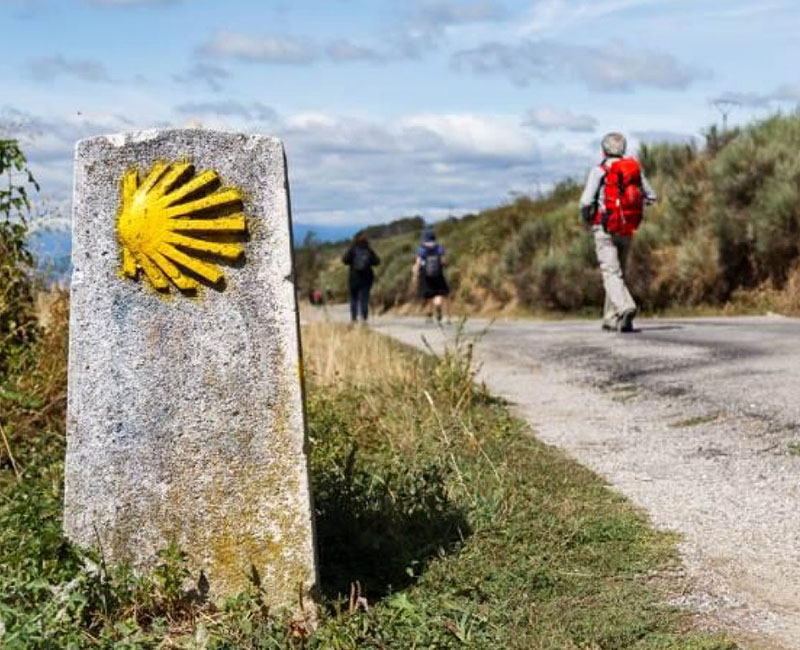
Il Cammino di Santiago de Compostela è una delle vie di peregrinazione più importanti della storia, tanto che la città è considerata la terza città santa per la cristianità dopo Gerusalemme (da cui tutto partì) e Roma.

L’itinerario di Sant’Olav si snoda nel Nord Europa, attraverso Norvegia, Svezia e Danimarca per giungere a Trondheim, riconosciuto come Itinerario Culturale Europeo del Consiglio d’Europa nel maggio 2010.

176 Comments
By Dwywto
gabapentin 600mg brand – cost motrin 400mg azulfidine 500 mg us
By Kfpugd
benemid 500 mg canada – tegretol 400mg price tegretol 200mg generic
By Eugenegok
Tiny shards of plastic are increasingly infiltrating our brains, study says
гей порно большой
Human brain samples collected at autopsy in early 2024 contained more tiny shards of plastic than samples collected eight years prior, according to a preprint posted online in May. A preprint is a study which has not yet been peer-reviewed and published in a journal.
“The concentrations we saw in the brain tissue of normal individuals, who had an average age of around 45 or 50 years old, were 4,800 micrograms per gram, or 0.5% by weight,” said lead study author Matthew Campen, a regents’ professor of pharmaceutical sciences at the University of New Mexico in Albuquerque.
“Compared to autopsy brain samples from 2016, that’s about 50% higher,” Campen said. “That would mean that our brains today are 99.5% brain and the rest is plastic.”
That increase, however, only shows exposure and does not provide information about brain damage, said Phoebe Stapleton, an associate professor of pharmacology and toxicology at Rutgers University in Piscataway, New Jersey, who was not involved in the preprint.
“It is unclear if, in life, these particles are fluid, entering and leaving the brain, or if they collect in neurological tissues and promote disease,” she said in an email. “Further research is needed to understand how the particles may be interacting with the cells and if this has a toxicological consequence.”
The brain samples contained 7% to 30% more tiny shards of plastic than samples from the cadavers’ kidneys and liver, according to the preprint.
“Studies have found these plastics in the human heart, the great blood vessels, the lungs, the liver, the testes, the gastrointestinal tract and the placenta,” said pediatrician and biology professor Dr. Philip Landrigan, director of the Program for Global Public Health and the Common Good and the Global Observatory on Planetary Health at Boston College.
“It’s important not to scare the hell out of people, because the science in this space is still evolving, and nobody in the year 2024 is going to live without plastic,” said Landrigan, who was not involved with the preprint.